You know that feeling when you realize you've been paying way more for something than you actually need? That's exactly what's happening to millions of Google One subscribers right now. Between deliberately confusing interface designs that hide downgrade options and a growing maze of subscription tiers, Google's cloud storage service now feels less like a straightforward subscription and more like a trap.
The pressure has ramped up as Google pushes deeper into AI. The service reached 150 million subscribers as of May 2025, representing a remarkable 50% increase in just 15 months, driven largely by expensive AI-focused plans. Here is the concern, that surge has made it easier for Google to lean into user-hostile patterns that prioritize revenue over satisfaction.
Why downgrading Google One feels like solving a puzzle
Let's be direct. Google has made downgrading from their expensive plans difficult, and the patterns suggest that is intentional. Try moving from an AI Pro plan back to basic storage and you hit a maze that tests your patience, not your needs.
It begins innocently enough. Tap the Manage button on the Google One home page. You land on a Change Membership plan screen that looks like a glossy showroom of upgrades. Pay more, and you get big buttons, clean feature breakdowns, smiling checkmarks. Pay less, and you are suddenly on a scavenger hunt.
The real downgrade options remain hidden behind a "See All Plans" button that only appears after clicking through several screens, buried under repeated upgrade suggestions. That is not clumsy design, it is obstructive architecture. Compare it to Ring's subscription pages, where every plan sits in plain view, and the contrast makes the intent obvious.
The asymmetry is the part that grates. Both the Storage and Plans menus in the Google One app spotlight Get More Storage. An equivalent Get Less Storage button is nowhere. Google has been implementing this confusing interface design for over a year. That persistence looks like strategy, not oversight, a bet that friction will keep people from downgrading.
The AI integration trap that's catching users
Google's push into AI has created a trap built from hazy communication and automatic billing flips.
The Google AI Pro plan costs $19.99/month, representing a dramatic jump from basic storage plans that start at $1.99/month. A tenfold jump. Owners of eligible Pixel 9 Pro family devices who received a 12-month AI Pro trial may see charges if they do not redeem or cancel before trial expiry; eligibility is limited to specific Pixel Pro models per Google support, especially when that first bill hits without fanfare.
The messaging around these transitions has been thin. Users report no notices about eligibility for continued free access, no clean email warnings before paid subscriptions start, and confusing pathways to manage billing. People discover unexpected $20 charges after the fact, not before.
Upgrading to a newer Pixel does not smooth it out. To keep free access, you have to open specific apps, watch for particular banners, then re-subscribe through the right doorway. Miss a step and you are nudged toward paid access. The labyrinth serves Google's revenue goals while forcing users to wrestle with basic account control.
The subscription plan chaos that's only getting worse
Here is the core of the confusion. The service currently offers nine different subscription tiers, each with different features, storage amounts, and prices. What you see depends on whether you are logged in, which device you use, and your account history.
Anonymous visitors get three plans on the site, Basic at 100GB, Premium at 2TB, and Google AI Pro at 2TB. Log in and more tiles appear, Premium at 5TB and 10TB, plus the AI Ultra plan at $249.99/month. Open the mobile app and you might see even more, including a Standard plan at 200GB that does not show up on the web.
Names only deepen the fog. Premium appears at multiple price points and storage levels. AI-focused plans use a different naming scheme altogether. Some accounts still surface Premium plans with 20TB and 30TB, priced at $100/month (20 TB) and $149.99/month (30 TB). It reads like a menu designed to blur, not clarify.
Features zigzag across tiers too. Basic and Standard offer only cloud storage. Premium adds Google Photos and Google Workspace features. Higher storage Premium tiers start mixing in AI capabilities, then AI Ultra stacks on top again. You end up comparing overlapping features with inconsistent names, a puzzle that begs for a spreadsheet.
This did not happen overnight. Google kept bolting on tiers and perks without cleaning up the old structure. Each addition added complexity, not clarity, which leaves users stuck between decision fatigue and overspending.
What this means for Google's subscription future
The current Google One mess shows how fast growth can warp user experience. Yes, that 50% subscriber jump signals real demand for AI productivity. The rollout, however, tilts toward short-term revenue over long-term trust.
Hiding downgrade paths while spotlighting upgrades signals a philosophy, complexity as a tool for revenue, not a problem to solve. Regional experiments like the AI Plus tier, priced at approximately $4.56 monthly in select markets, acknowledge demand for cheaper AI. They also layer on more confusion instead of simplifying the map.
This matters beyond a few irritated customers. The maze risks eroding trust in AI-enhanced services right as Google tries to lead that category. Quarterly revenue bumps look nice. Lingering resentment makes it easier for a clearer competitor to win later.
If you are in this thicket now, proactive beats reactive. Check your renewal dates through "Manage Your Google Account > Payments and Subscriptions" well before they're due. Compare what you actually store against what you pay for AI features. Avoid the quiet creep upward.
Competitors that prize clarity tend to earn confidence. Apple One has its limits, yet its clean tiers and transparent features show how simple can still sell.
Where do we go from here?
Google One's turn into a subscription maze is a cautionary tale. AI can amplify value, yet when business goals outrun user needs, it amplifies confusion instead. The service’s growth proves the appetite. The execution shows how easily companies can exploit sunk costs and switching friction.
The fix is not exotic. Fewer tiers, all options visible in one place, clear renewal communication. That helps users, and it helps Google keep trust. Keep the cash grabs coming and frustration will do the rest, opening doors for rivals.
Until then, treat Google One like a bureaucratic office visit. Bring patience. Mark your dates. Know your storage and which AI features you actually use. Then dig for those buried downgrade links and keep your plan aligned with your needs.
Will Google choose transparent value or keep milking complexity for short-term gains? For now, the evidence points to the latter. Careful subscription management is not just smart, it is essential for anyone living inside Google One.




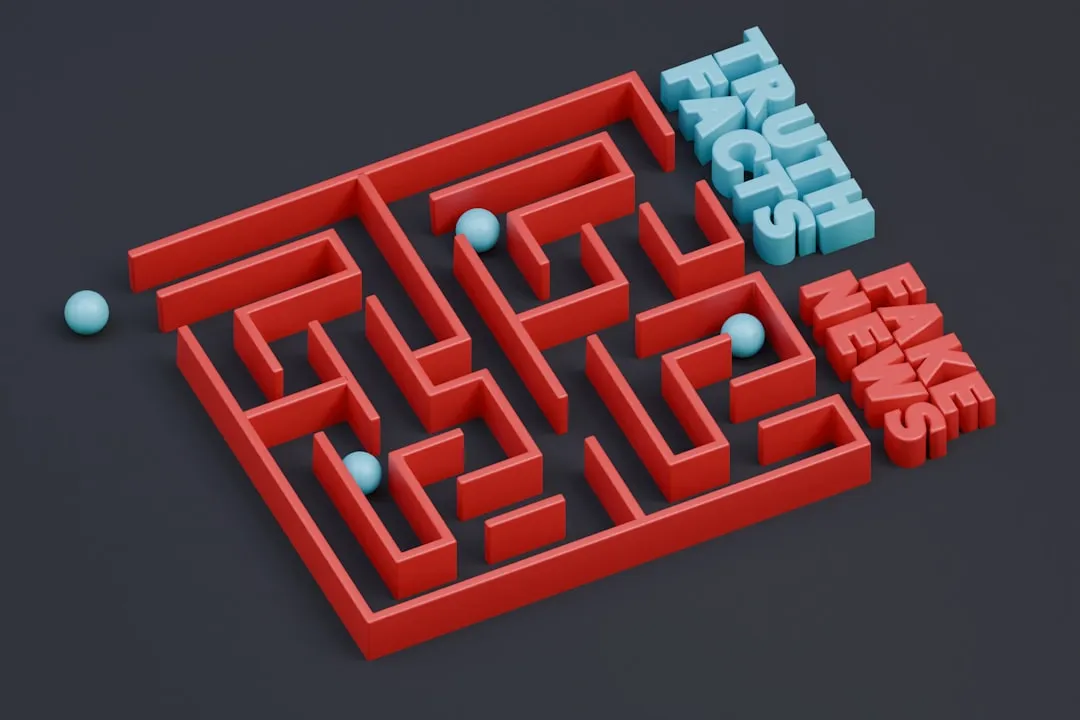


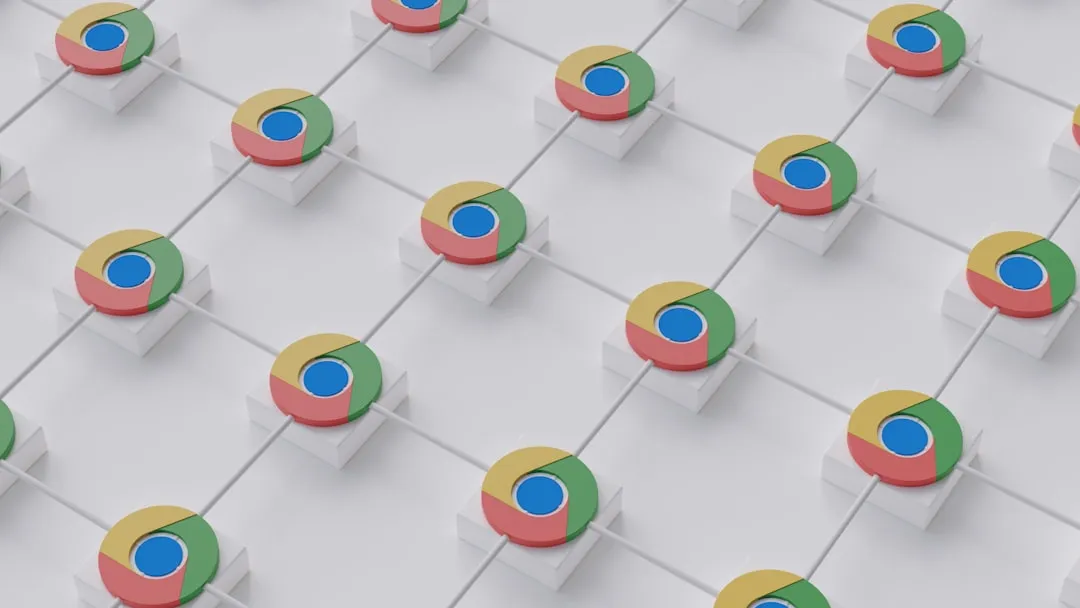
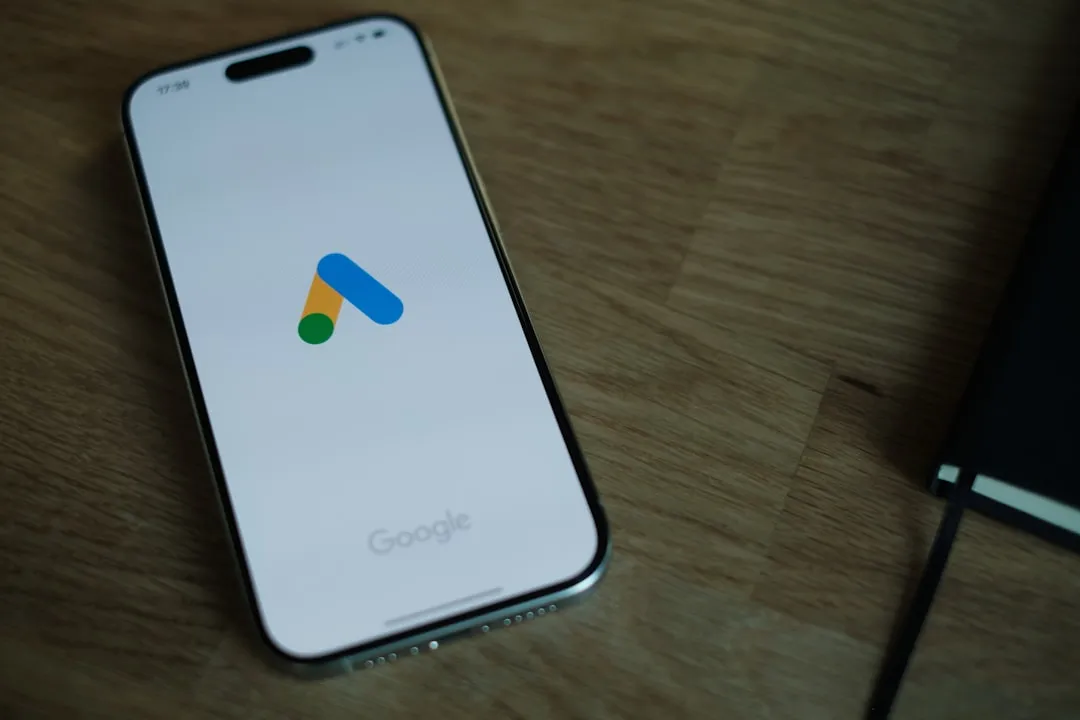

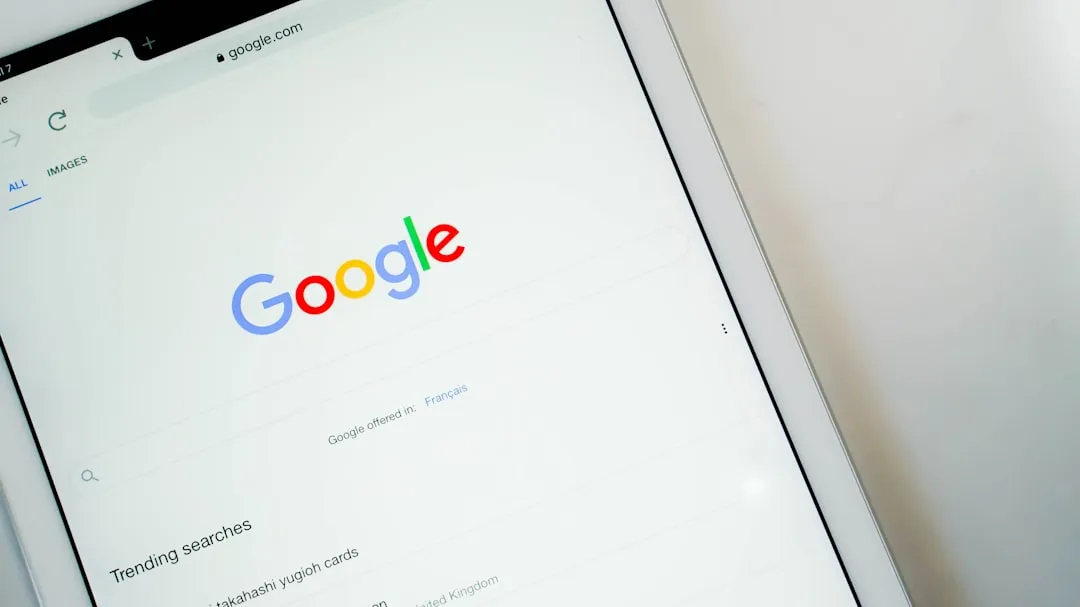
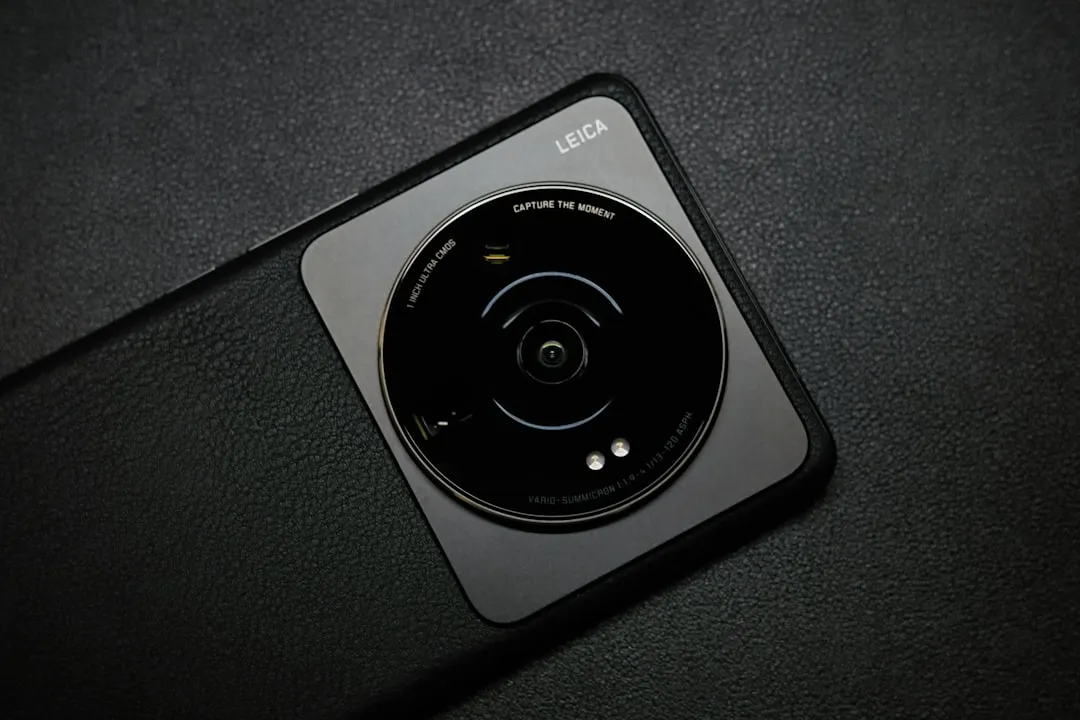

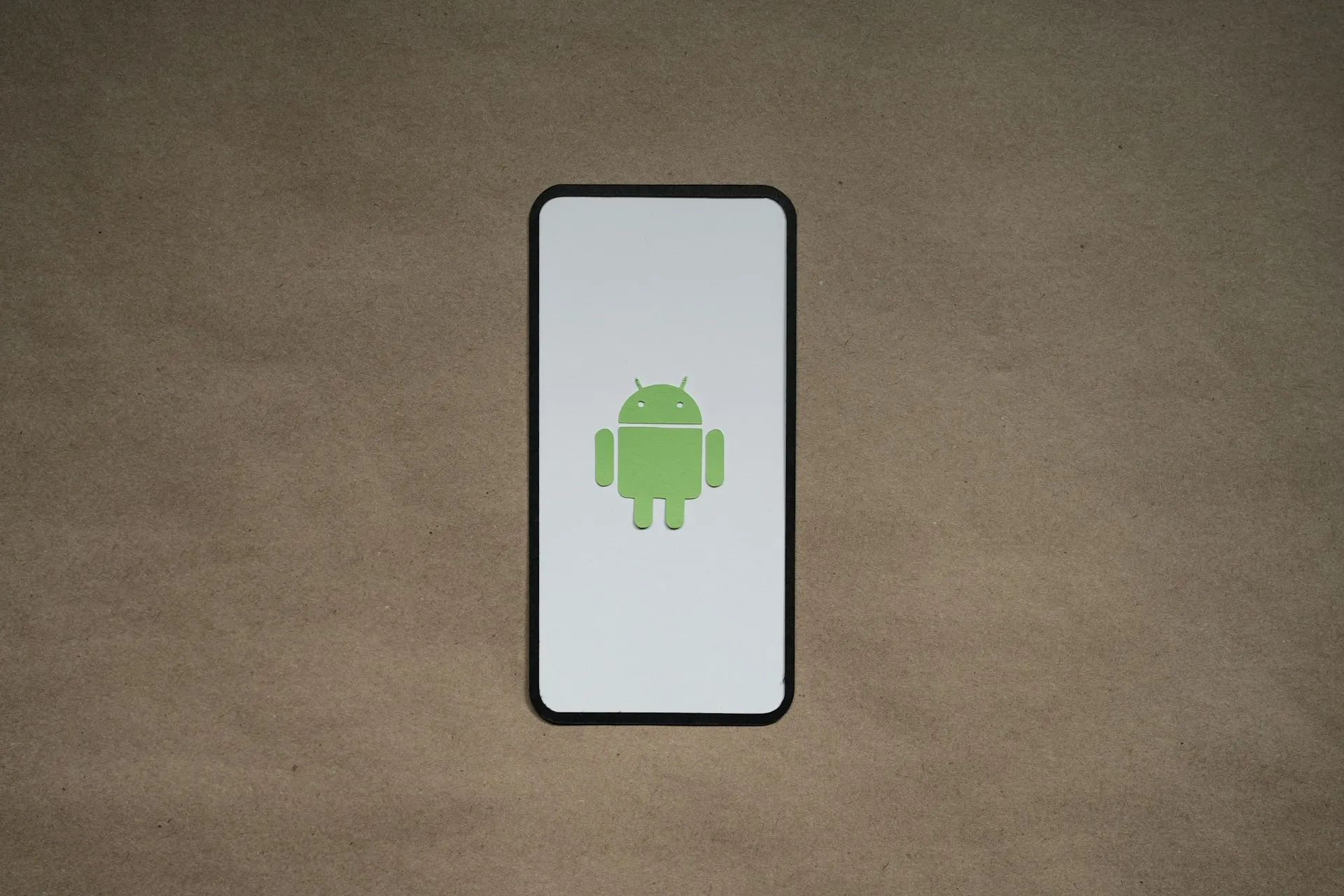

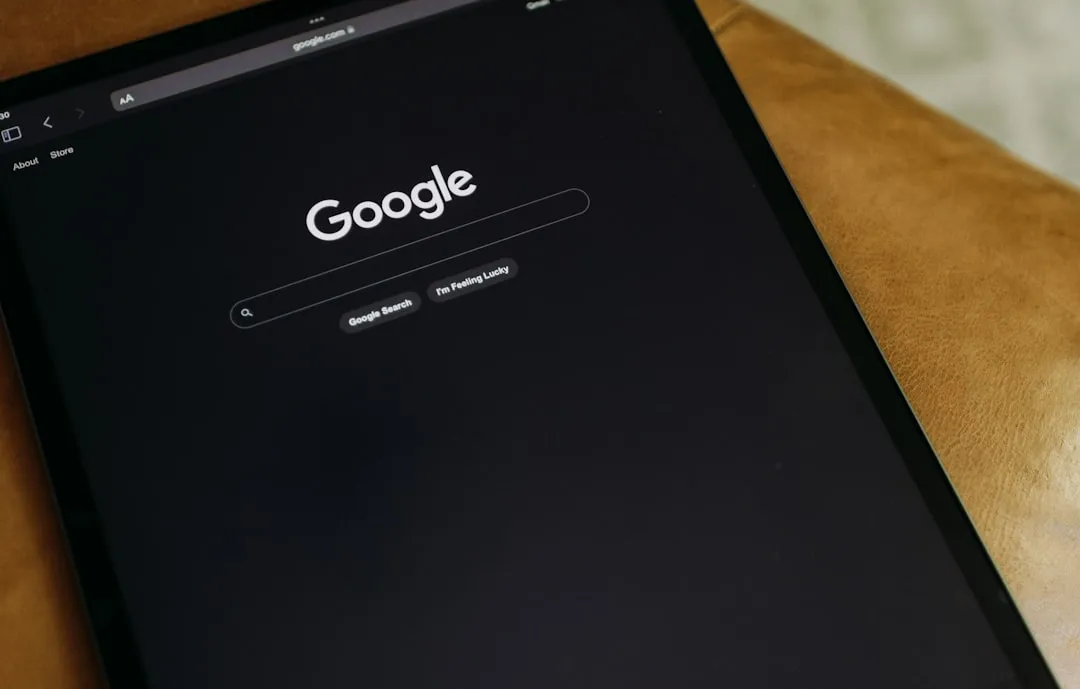
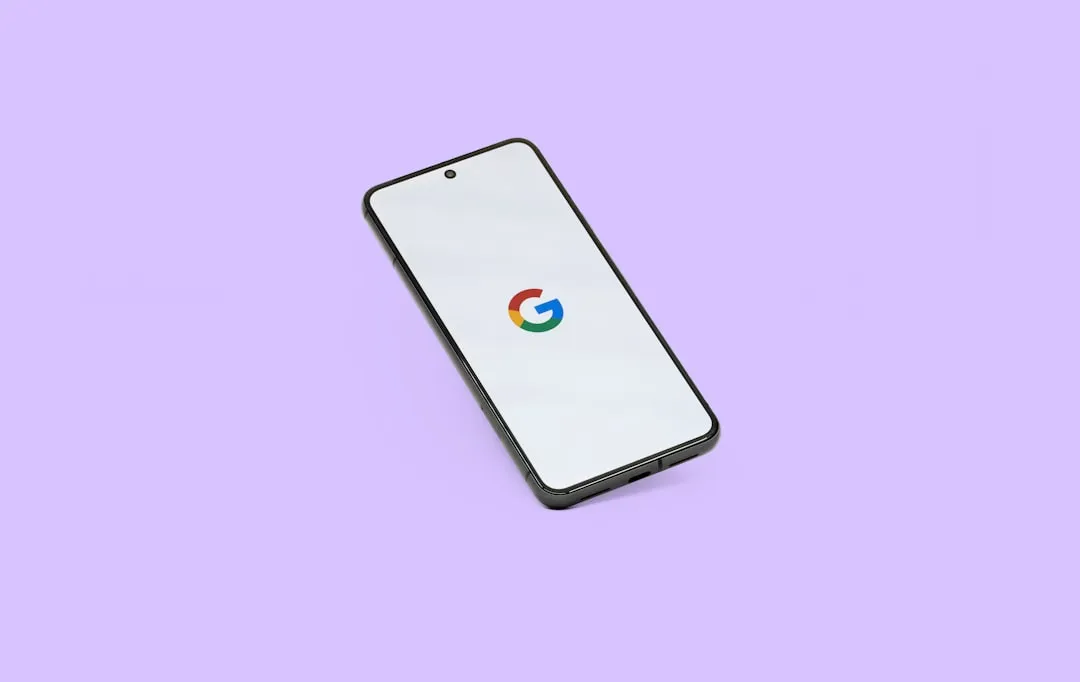
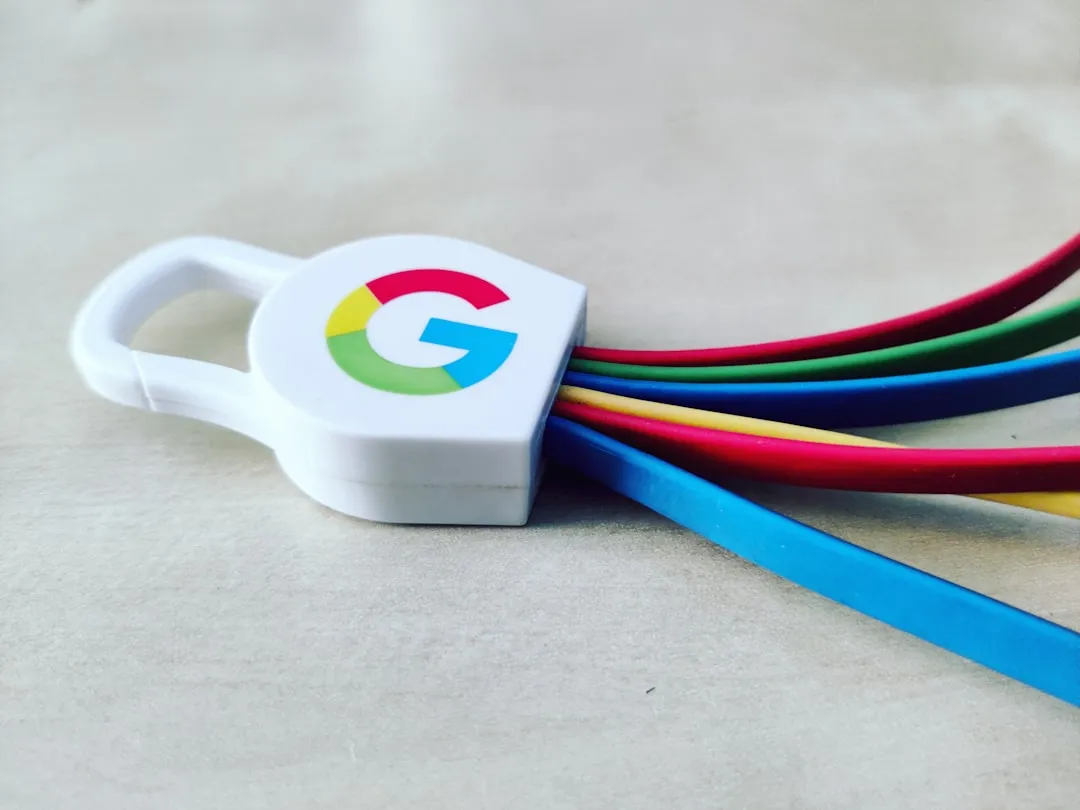
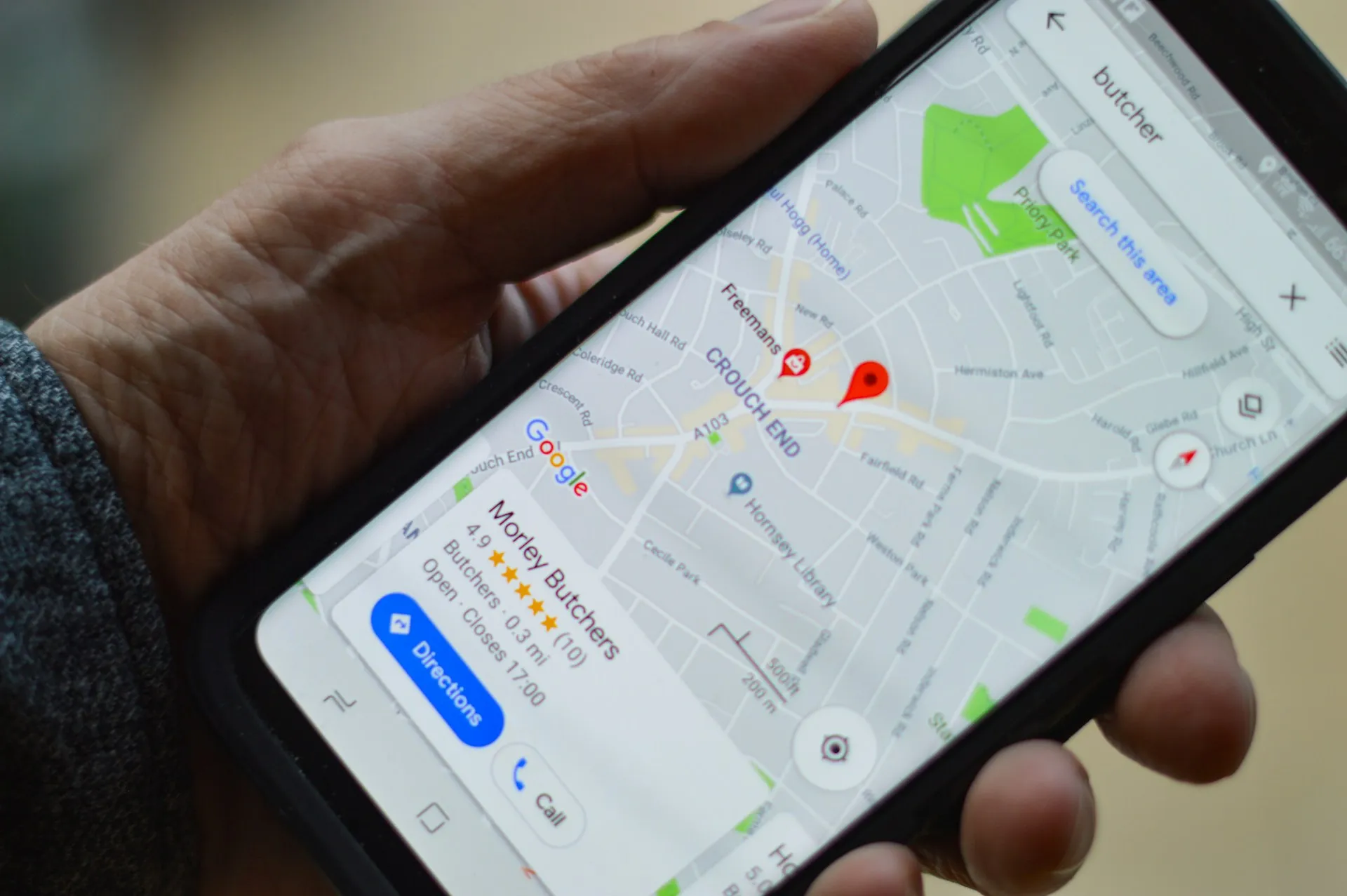


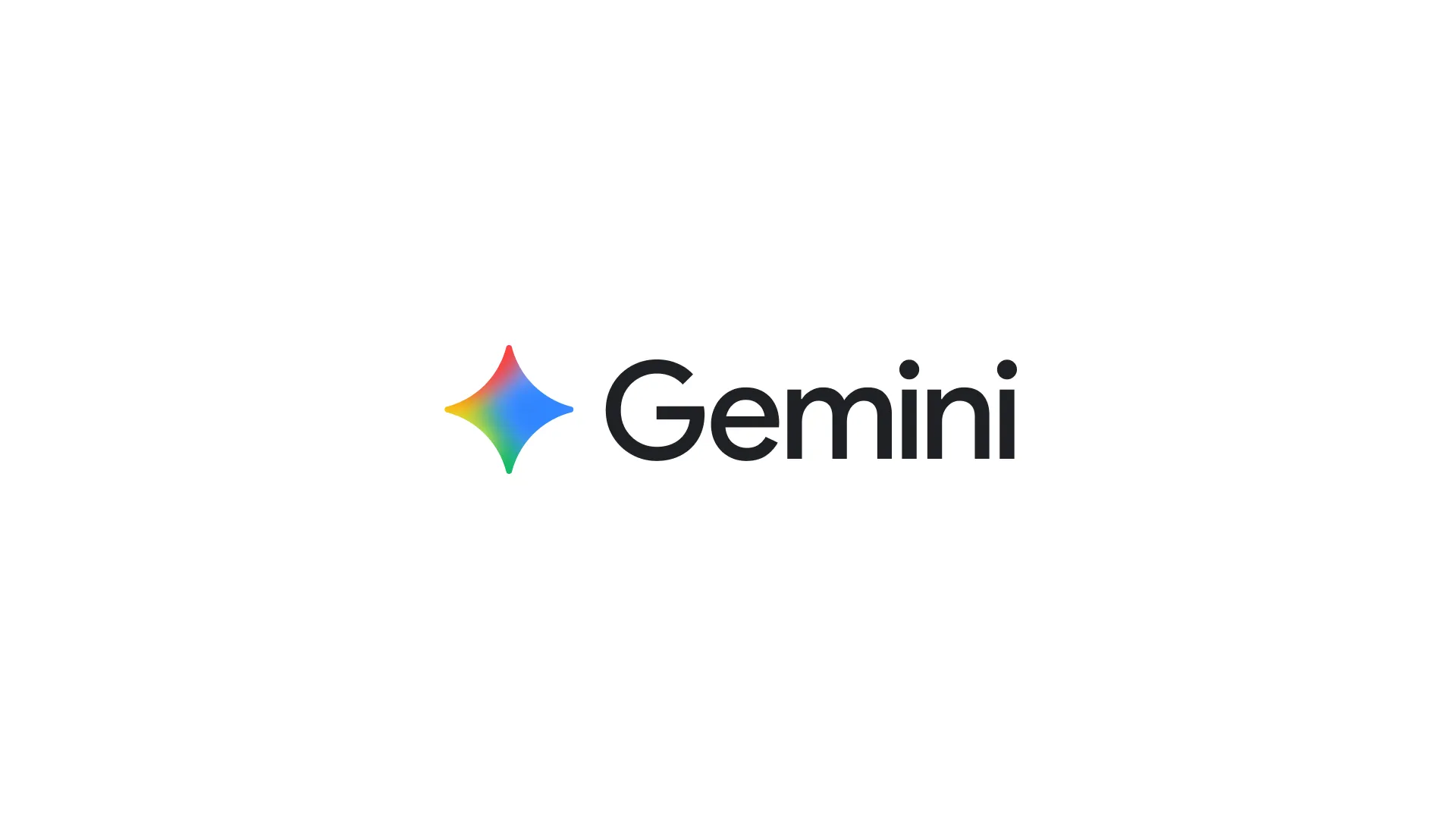
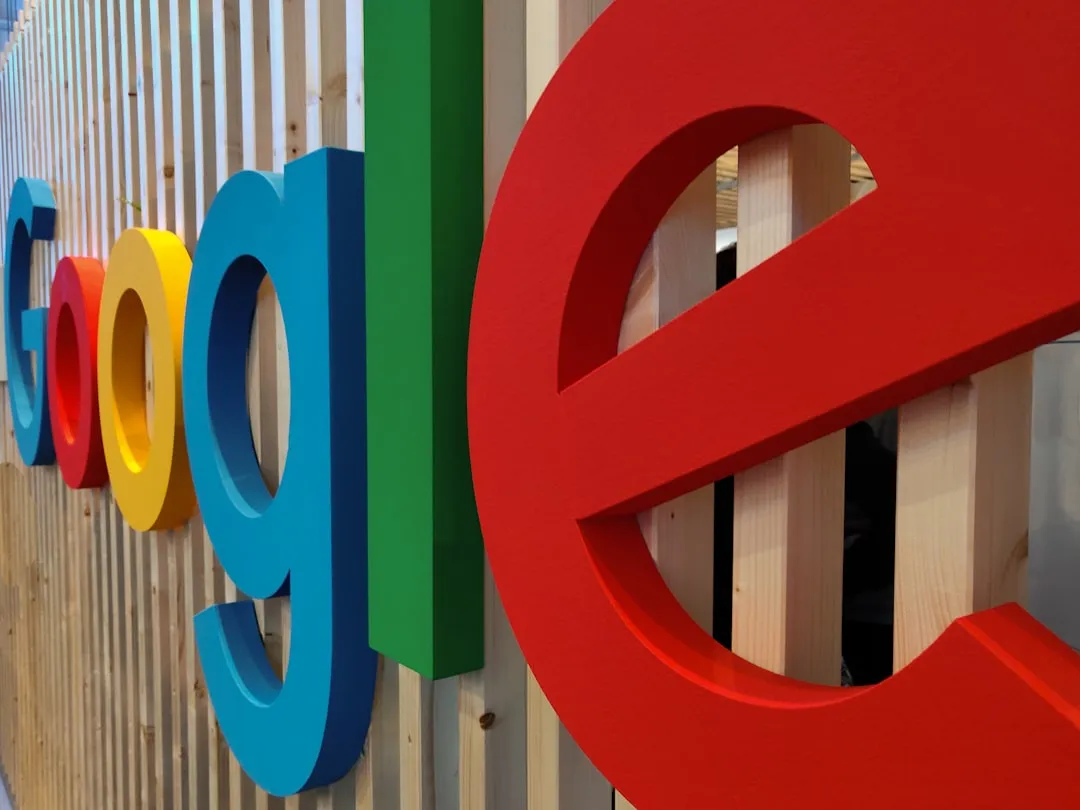
Comments
Be the first, drop a comment!